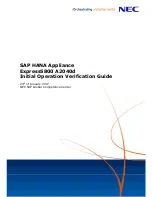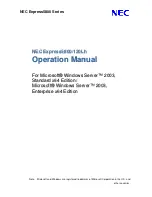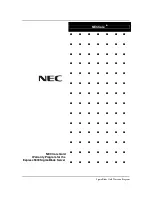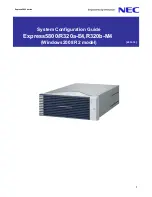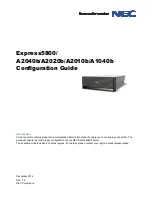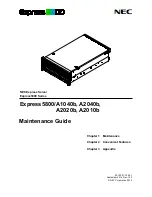
Setting Up Internal Disk Storage
Setting Up the ftServer System
5-3
Since some disk-configuration operations produce considerable console output, it can
be helpful to log on to another session.
Configuring Internal Disks
The six internal storage disks are persistently named based on the slot that they
occupy. As shown in
Figure 5-1
, in the upper CPU-I/O enclosure, the disks are
/dev/sda, /dev/sdb, and /dev/sdc, from bottom to top. In the lower CPU-I/O enclosure,
they are /dev/sdd, /dev/sde, and /dev/sdf, from bottom to top. The name is associated
with the slot, not the disk.
Figure 5-1. CPU-I/O Enclosures: Front Panel with Drive Slots Fully Populated
The Linux operating system allows many possible configurations of these six disks.To
simplify administration and reduce confusion, this section presents recommended
configurations.
For convenience, the disks are used in pairs based on vertical grouping of the disks in
the CPU-I/O enclosures; sda is paired with sdd, sdb with sde, and sdc with sdf. RAID-1
arrays are created by placing one mirror on each disk of the pair. For example, RAID
array
/dev/md0
occupies sda1 and sdd1.
Each
SAS (SATA)
disk in a pair
must
be the same size.
In the CPU-I/O enclosure internal disk slots, insert only hard drives provided by
NECAM. Inserting any other type of device may cause data loss or system failure.
Managing Partitions
You can use the
fdisk
or
sfdisk
utilities to display and change a disk's partition table
and geometry (see
fdisk
(8) and
sfdisk
(8) for details). During the Linux operating system
installation, all of the mirrored boot partitions are created as type 0xfd (Linux RAID
asys076
sda
sdb
sdc
sdd
sde
sdf
































